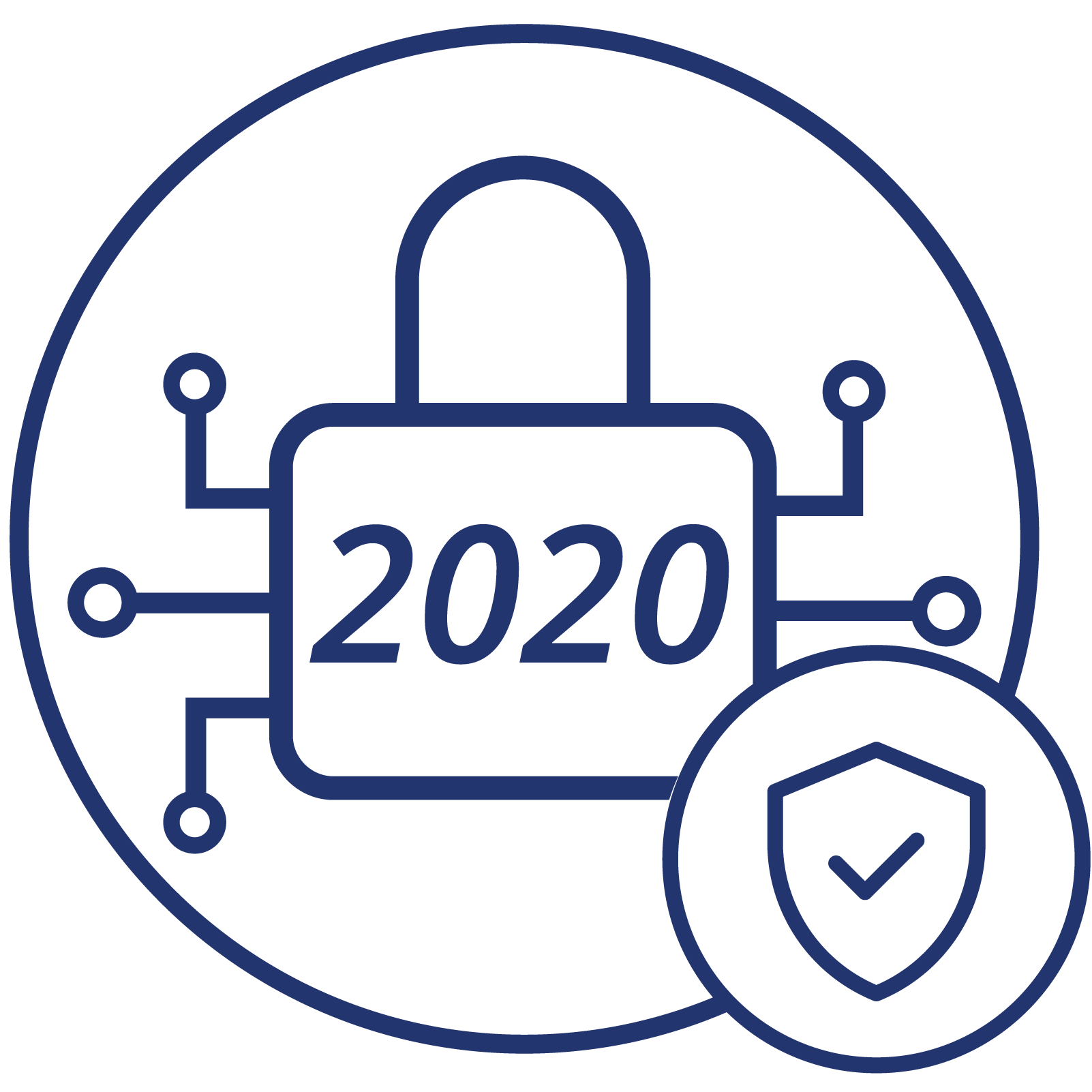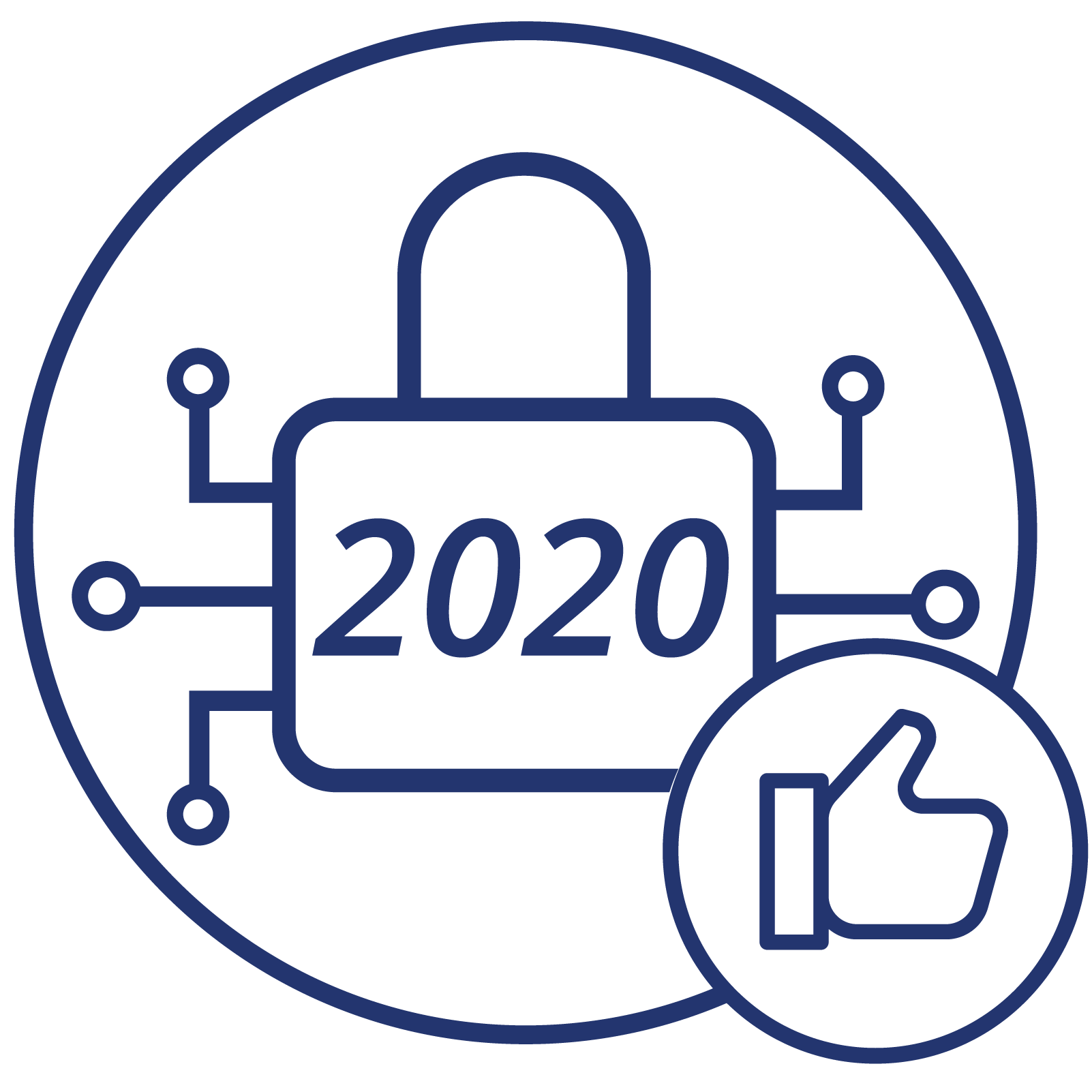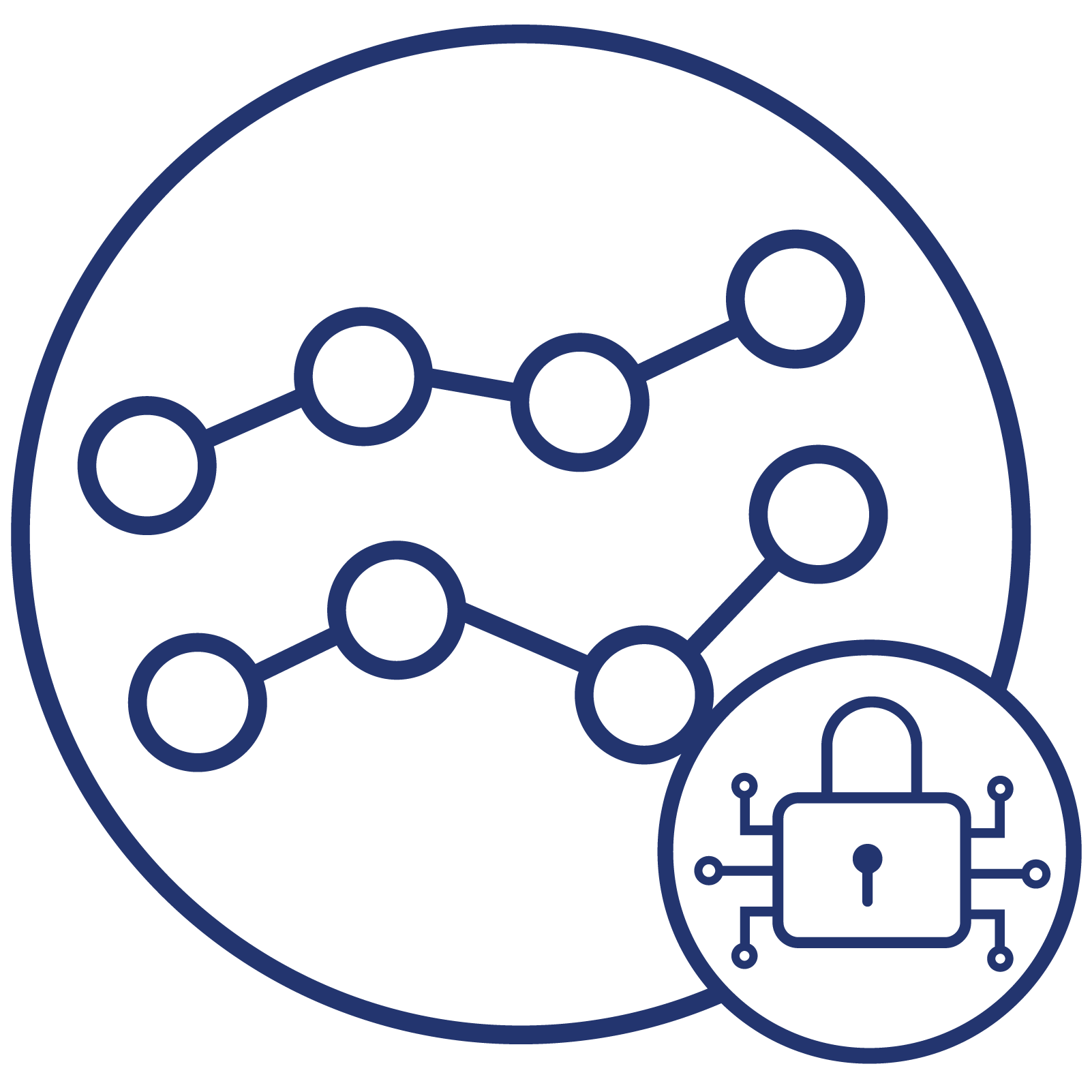Cybersecurity remains a core focus for most organizations across many industries, globally. Cybercrime is a serious threat and every year it rears its ugly head and dominates news headlines worldwide – 2020 will be no different and organizations need to be prepared and on high alert.
In this week’s Reading Room the three articles we have selected, uncover a few of the biggest cybersecurity trends expected in 2020. They include: phishing, 5G, AI and ML, ransomware attacks. The spotlight is also on new legislation – more specifically, California’s Consumer Privacy Act (CCPA)
We end off with a comment from our digital security expert, Linda Misauer, who shares her view on the importance of cybersecurity education.
How secure are your digital customer communications? We can help your business mitigate the many risks of an ever-changing cyber landscape
The 5 biggest cybersecurity trends in 2020 everyone should know about
This very insightful article by Forbes discusses the important role cybersecurity will play, in ensuring all aspects of security and privacy in the year ahead.
Read further for predictions of what are expected to be the 5 biggest cybersecurity trends of 2020 – including: AI’s role in both cyber attacks and defense, increased security threats due to political and economic divisions, political interference, the cybersecurity skills gap, as well as vehicle hacking and data theft.
And, if you are keen to learn more, watch a video in which cybersecurity expert, Professor Kevin Curran, discusses the biggest cybersecurity challenges, as well as how to tackle them.
- Publisher: Forbes
- Access: Public
- Download: None
2019 was a hot mess for cybersecurity, but 2020 shows promise
A very catchy title and also an interesting article. The author makes a valid point – it’s hard to make predictions around cybersecurity, as it is a field that is constantly changing.
In this article, he reflects back on 2019 and uses that information to ‘guess’ what (possibly) lies ahead in terms of cybersecurity.
Read further to learn what the author says is expected in 2020 with regards to ransomware attacks and their impact on governments, the implementation of California’s Consumer Privacy Act (CCPA) and the risk of more data breaches as a result of human error. To continue reading you have to be a member of Extra Crunch – which is available to readers in the US, Canada, UK and some European countries.
- Publisher: TechCrunch
- Access: Membership required to read the rest of the article
- Download: None
5 Cybersecurity trends that will dominate 2020, according to experts
There is no doubt that cybersecurity will be top of mind for most, if not all, organizations in 2020. It is noted in this article, that governments and regulatory bodies are already taking the necessary precautions – with specific reference to GDPR and the EU’s Cybersecurity act.
The five cybersecurity trends identified in this article are based on feedback from various experts. Read further to learn more about the five most dominant cybersecurity trends of 2020, namely: 5G, phishing, ransomware attacks (targeting elections), AI and ML, as well as cloud vulnerabilities and the California Consumer Privacy Act (CCPA).
- Publisher: The Next Web (TNW)
- Access: Public
- Download:None
A comment from our digital customer security expert:
Cybercrime is set to continue to grow in volume and sophistication in 2020. Everyone who is active on the Internet, and who is not a cyber-criminal, needs to fight back.
Businesses need to commit increased resources to stay up to date with the changing threat vectors, keep their infrastructures patched and secure, and educate both employees and consumers on how to behave online in a way that keeps their information protected.
According to ESET, cybersecurity education needs to take place across all sectors of society – from primary through tertiary education, on a governmental level and throughout the private sector.

















